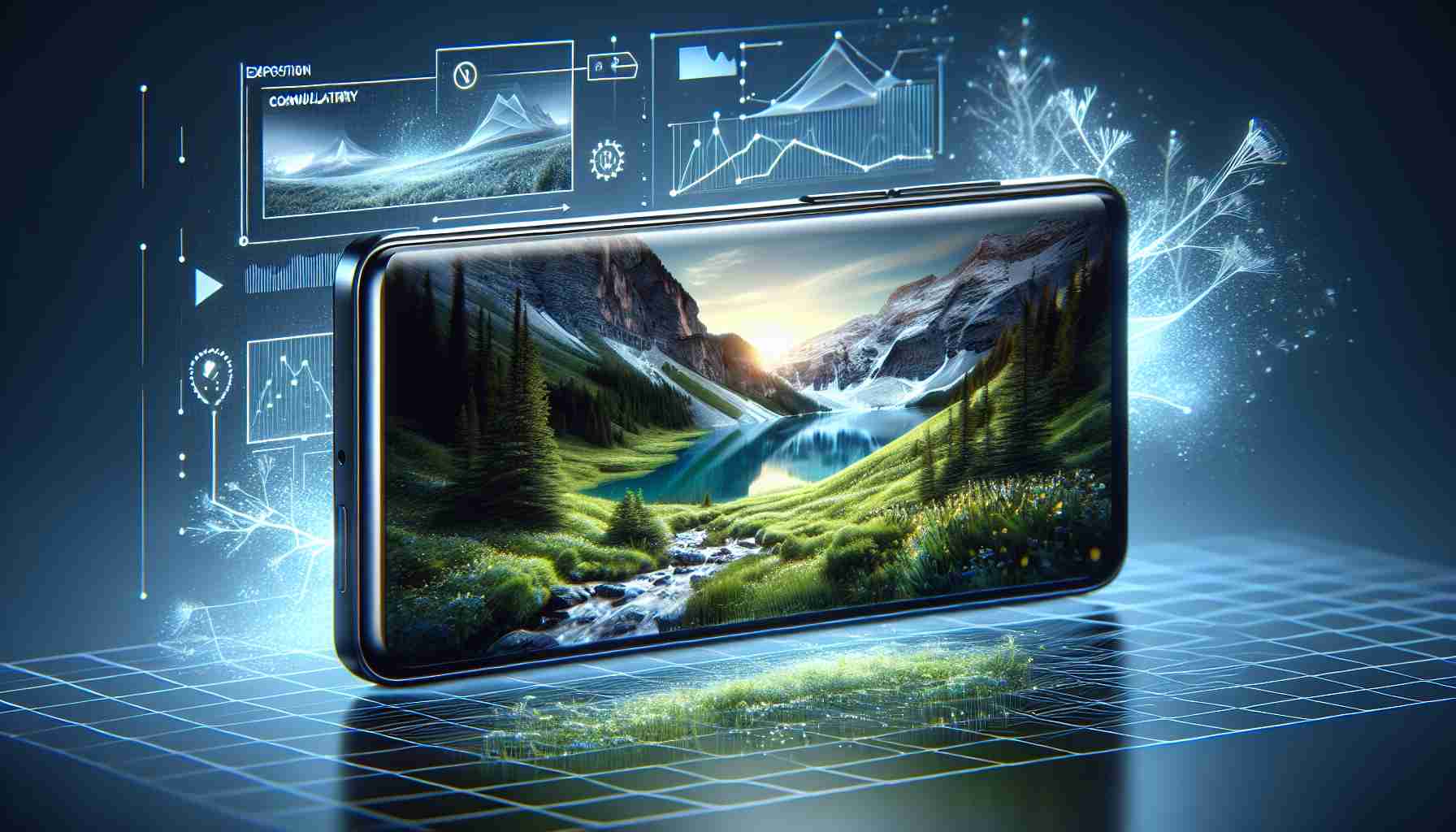Exploring the Innovations in Smartphone Cameras
Enhancing images through automatic algorithms is the backbone of computational photography. From utilizing HDR to blend multiple exposure photos to achieving a background blur effect in portrait mode, smartphone cameras have transcended mere megapixels in capturing high-quality photos and videos.
Pushing Boundaries with Innovative Features
Google’s astrophotography mode allows users to capture stunning visuals of stars by employing long exposure and automatic image processing on Google Pixel models. The camera shutter remains open for about 30 seconds, capturing the essence of the starry night sky. While the process may take several minutes per frame, the result is an authentic starlit photograph, setting a new benchmark for mobile photography.
Revolutionizing Mobile Videography
realme’s FlashSnap feature revolutionizes capturing moving objects by analyzing and detailing each frame in real-time. Complemented by an astrophotography mode and Light Fusion algorithms, realme offers users unparalleled versatility and depth in their photos.
Redefining Portrait Photography
OPPO, in collaboration with Hasselblad, renowned for its legendary lenses, has optimized its flagship smartphones for portrait photography, imbuing images with the signature Hasselblad aesthetics. The incorporation of Hasselblad XCD lens characteristics and color recognition technology elevates OPPO’s camera capabilities to redefine portrait photography quality and authenticity.
Technological Advancements and Creative Dimensions
Tecno’s Universal Tone technology, developed in partnership with the University of Leeds School of Design, ensures natural skin tone representation in photos by utilizing a vast database of skin tones. This innovative approach accentuates Tecno’s commitment to inclusive and true-to-life photography experiences.
Mobile photography continues to evolve, driven by sophisticated algorithms and cutting-edge technologies, transforming smartphones from mere communication devices into powerful creative tools in the hands of users.
Exploring Cutting-Edge Developments in Mobile Photography
In the realm of computational photography, recent advancements have pushed the boundaries of what mobile cameras can achieve. One noteworthy innovation is the integration of AI-powered night mode capabilities that enhance low-light photography by combining multiple exposures to produce stunningly sharp and vibrant images, even in challenging lighting conditions.
Unleashing the Power of Computational Imaging
One of the key questions that arises in the context of computational photography is how these advanced imaging techniques impact the authenticity and realism of photographs. While these technologies undeniably offer creative possibilities and enhance image quality, there is ongoing debate about whether they can sometimes lead to an over-processed or artificial look in photos. Striking a balance between artistic enhancement and maintaining the integrity of the original scene remains a critical challenge for manufacturers and users alike.
The Proliferation of Computational Photography
As smartphone manufacturers race to integrate computational photography features into their devices, a key advantage emerges for users: the democratization of professional-level photography tools. With intricate algorithms handling complex tasks like image processing and scene recognition, even novice photographers can capture impressive shots with minimal effort. However, this accessibility also raises concerns about the potential homogenization of photographic styles and the loss of individual creativity in image composition.
Challenges on the Horizon
One of the primary challenges facing the adoption of computational photography is the ethical implications of advanced editing capabilities. With AI-driven tools capable of seamlessly altering reality in images, questions about authenticity, trustworthiness, and the impact on visual storytelling continue to surface. Additionally, the reliance on intensive computational processing raises concerns about battery life, device performance, and data privacy in the era of smart imaging technologies.
Mobile photography enthusiasts must navigate the evolving landscape of computational imaging with an awareness of both its benefits and drawbacks. While these technologies offer unprecedented creative possibilities and image enhancements, they also present complex challenges that require careful consideration and ethical reflection.
Learn more about the latest trends and technologies shaping the future of mobile photography at DPReview.
